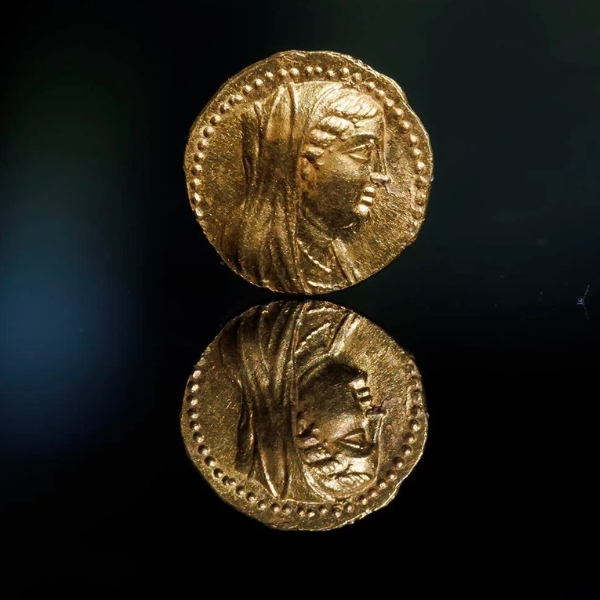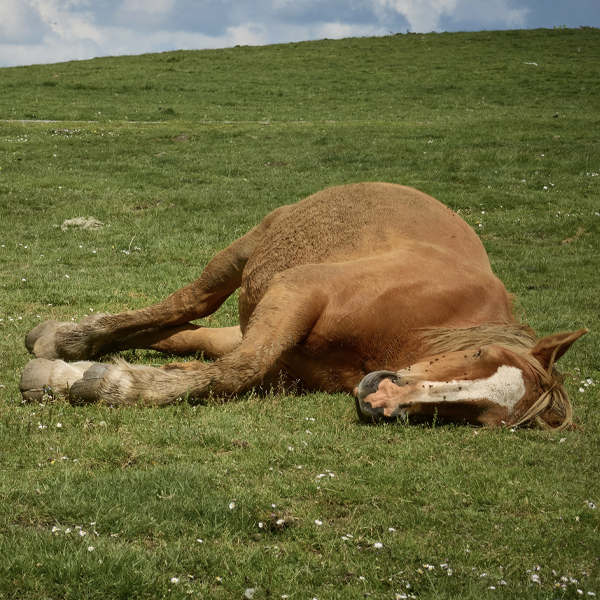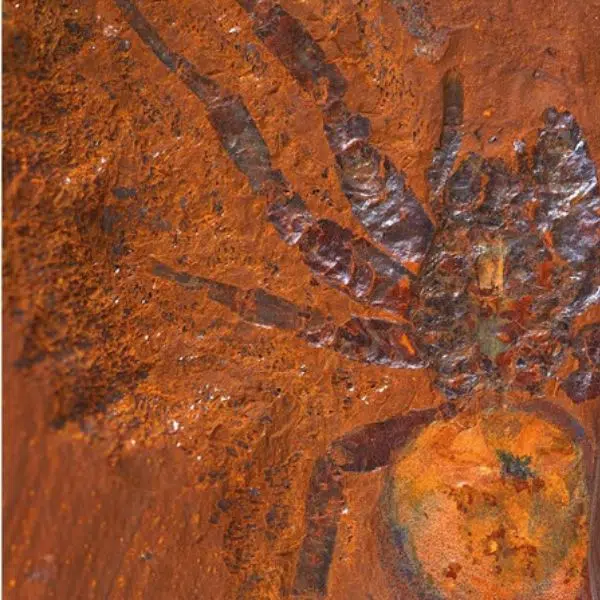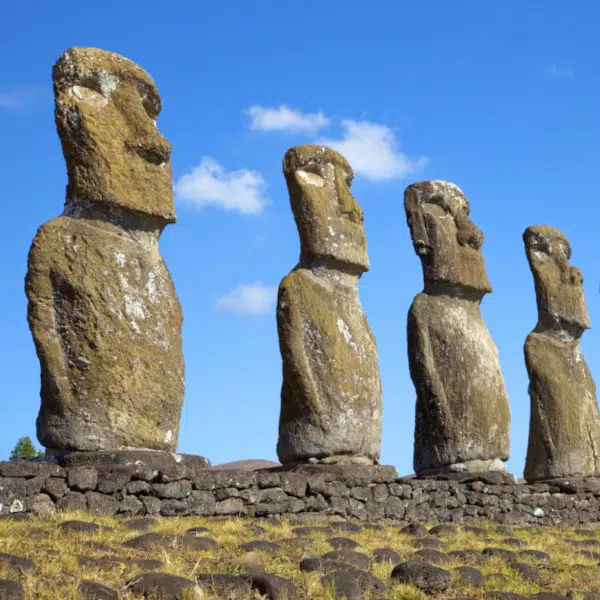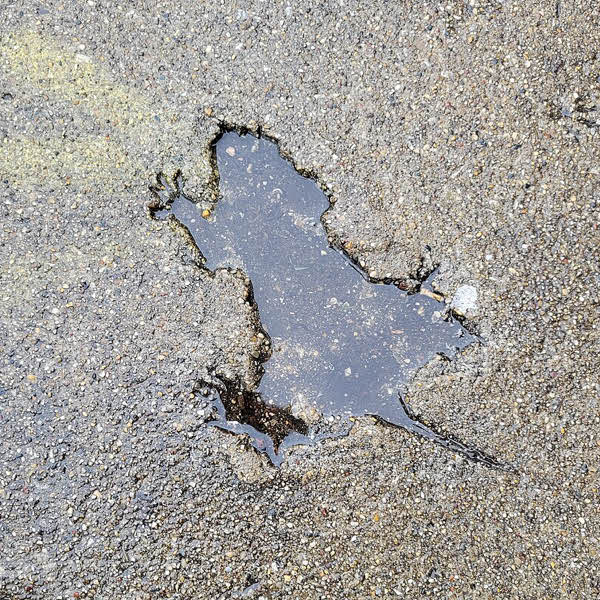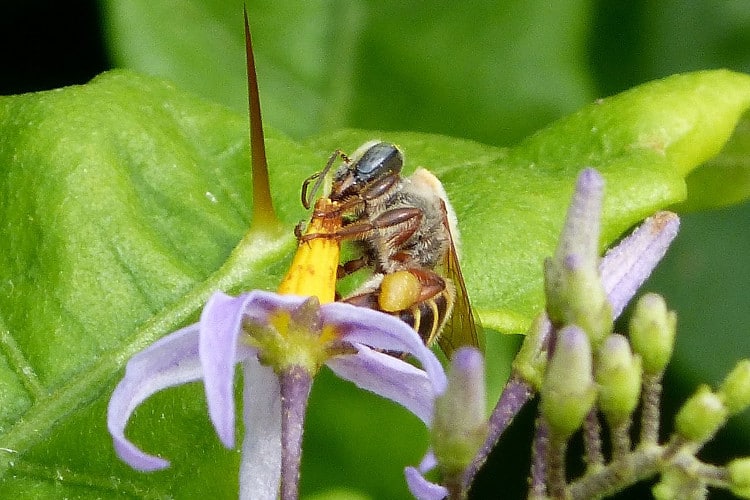
Melipona beecheii or Xunan-Kab. (Photo: gailhampshire via Wikimedia Commons, CC BY 2.0)
In the ancient Maya civilization animals played a very important role. Not only were they a source of meat, hides, and feathers, but they also held religious symbolic importance. Among them, was the cultivation of sacred stingless bees (known as Xunan-Kab in Mayan) to produce honey for food, trading, and ceremonies. Records of this can be found in centuries-old codices and recently, a team of archeologists unearthed tools used by Maya beekeepers between 950 and 1539 CE.
The discovery took place in the southeastern state of Quintana Roo during construction work for the Maya train. There, archeologists from Mexico's National Institute of Anthropology and History uncovered three carved limestone lids, known as panuchos. Once used by the Maya to plug the hollowed-out logs that housed their bees, these items measure about 8 by 10 inches.
“Only one of them is in a good state of conservation, while the other two have a high degree of erosion,” says archeologist Carlos Fidel Martínez Sánchez. He also shared that the discovery took place when excavating what was thought to be a wall made of dry stone. But upon finding the lids, the archeologists realized they had found the remains of a meliponary—that is, an apiary devoted to the Melipona beecheii, an endangered bee species that continues to be cultivated in the Yucatán peninsula to this day.
The absence of a sting is not the only thing that makes melipona bees special. Their honey has been used by Maya healers to treat respiratory, digestive, and postpartum conditions for centuries thanks to its antioxidant and inflammation-reduction properties. It also has a citrusy, floral flavor and a runnier, syrupy texture, and contains more fructose than glucose, which has caught the attention of foodies and chefs from around the world. However, since there are smaller amounts of it, a lot more bees are needed for its production.
In addition to the apiary stone lids, the archeologists found other items at the site, such as beads, ceramics, flint, an ax, and a hammer. To lead archeologist Raquel Liliana Hernández Estrada, the discovery points to presence of housing complexes in peripheral cities to ceremonial sites. Moreover, the artifacts found shed a light not on the ancient elites of the region, but rather the Maya commoners’ daily lives.
Did you know the ancient Maya practiced beekeeping?
Ver esta publicación en Instagram
Recently, a team of Mexican archeologists unearthed tools used by Maya beekeepers between 950 and 1539 CE.
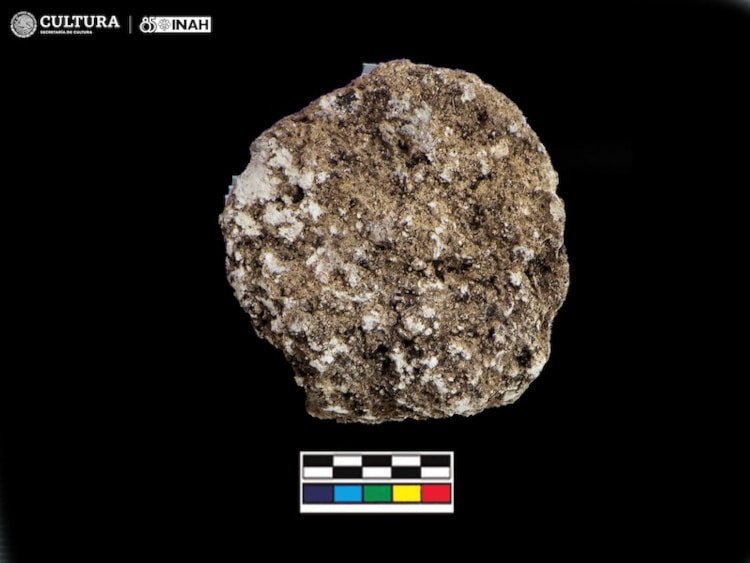
Photo: Mexico's National Institute of Anthropology and History
The discovery included three carved limestone lids called panuchos, which the Maya used to plug the hollowed-out logs that housed their bees.
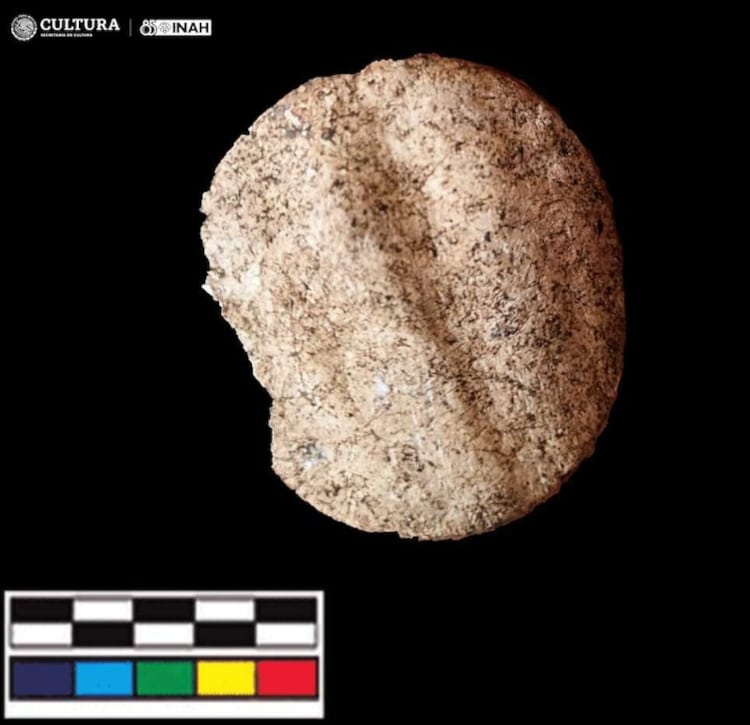
Photo: Mexico's National Institute of Anthropology and History
Upon finding the lids, the archeologists' realized they had found the remains of a meliponary, an apiary devoted to the sacred stingless bee, Melipona beecheii.
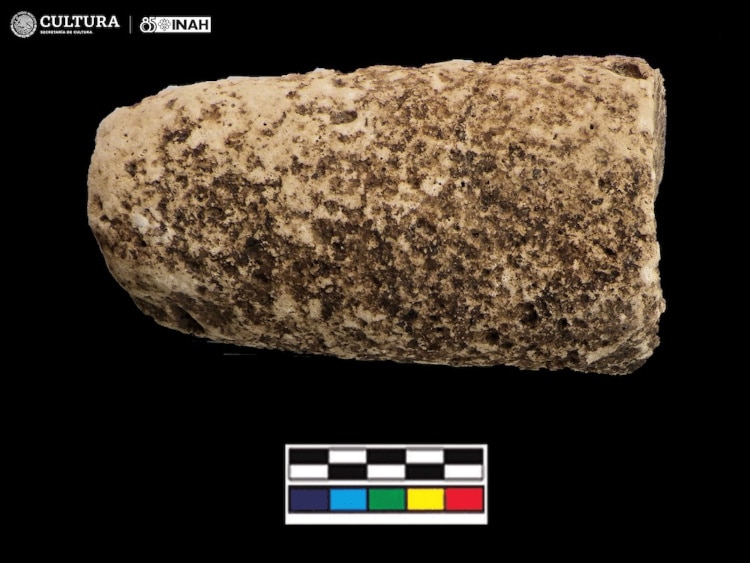
Photo: Mexico's National Institute of Anthropology and History
National Institute of Anthropology and History (INAH): Website
h/t: [Smithsonian Magazine]
Related Articles:
Archeologists Discover 1,500-Year-Old Mayan Palace in Mexico
Scientists Have Finally Cracked the Code on How the Mayan Calendar Works
Radar Technology Discovers Intricate Ancient Mayan Civilization in Northern Guatemala
Dual Mayan Stele Featuring a Female Deity Is Unearthed in Southeastern Mexico















































































